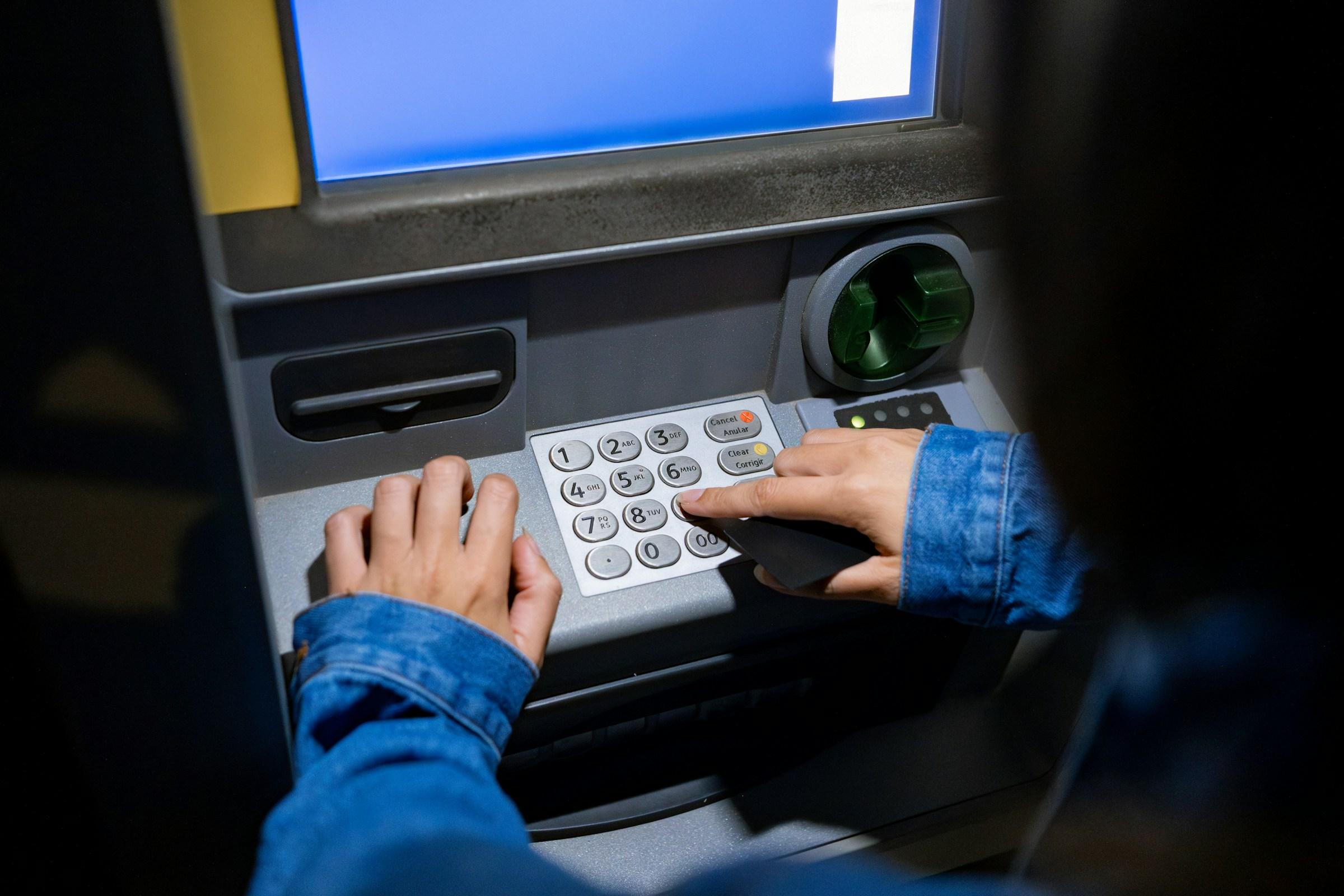Personal loans look clean at first glance. You apply, you get a simple approval screen, and the money drops into your account with a schedule that feels neat and manageable. The app shows a fixed amount due each month and a final date when everything will be paid off. That sense of order is powerful, especially if you have been juggling card balances or unpredictable bills. Yet the true story of a personal loan unfolds over months, not minutes, and its consequences are less about drama and more about steady pressure on your budget, your choices, and your future options. An honest look at those mechanics helps you use the tool without letting it use you.
The first and most obvious change is the effect on monthly cash flow. A personal loan is a bill that does not flex just because your life does. When rent rises, a freelance client pays late, or a few unexpected expenses land together, the installment still arrives on schedule. That predictability can be helpful if you are replacing chaotic revolving debt with a single structured payment. It can also compress your budget if income varies or if your emergency fund is thin. The trade is simple. You swap immediate relief for an ongoing obligation that claims a fixed portion of your income every month. If you do not build a small cushion to protect that payment, ordinary surprises turn into overdraft fees or new card charges that pile interest on top of interest.
Cost is the next layer many people misunderstand. Attention tends to settle on the headline interest rate, but total cost is a product of rate, time, and balance. A modest rate stretched across five years can cost more than a slightly higher rate paid off in two. Consolidating credit cards into a loan may lower the rate and provide structure, which is a real win, but it can also extend the timeline in ways that raise the final amount you pay. Origination fees, credit insurance, or other add ons make the effective rate higher than it appears in large font. The honest calculation is the total you will repay over the full term, after every fee is included, compared to what you would otherwise pay without the loan. That comparison is not as exciting as an instant approval, but it is the difference between a smart move and an expensive mistake.
Behavioral shifts often create the biggest consequences, even though lenders rarely talk about them. After a consolidation, the credit card balances may fall to zero. That fresh slate can feel like permission. Unless spending habits change, the cards begin to accumulate charges again while the loan sits in the background. Within a year, it is possible to carry the original loan and a new set of revolving balances at the same time. The problem is not only mathematical. It is psychological. The brain treats the closed loop of a fixed installment as handled, while it treats an open credit line as space future you will manage. Future you usually has the same income, the same pressures, and the same temptations. A simple countermeasure is to freeze or store old cards for a period, track weekly discretionary spending, and set a small rule such as a seven day pause before any purchase above a specific amount.
Credit scores move in stages when a personal loan appears on your report. At the start, a hard inquiry and a new account can cause a small dip. Over time, consistent on time payments add positive history. A loan can also diversify a profile that previously contained only revolving accounts, which may help the credit mix component. The dominant factor remains payment history. A single thirty day late payment harms a score more than most people expect, and that mark can linger. An additional consideration is the way lenders view debt relative to income. Even if your score looks fine, a higher share of income committed to debt can limit approvals or push you into more expensive pricing on the next loan. That dynamic matters when you plan a mortgage or a car purchase in the near future. The presence of a personal loan shapes those conversations, not just through the score, but through the total obligations you already carry.
Future borrowing, then, becomes part of the consequence profile. Some lenders operate with internal guardrails that reduce available credit when you already have installment obligations. Others place you in a different pricing tier once your total monthly debt crosses a certain threshold. For someone who intends to apply for a mortgage within the next year or so, a new personal loan can be the difference between a smooth approval and a conditional offer that requires extra documentation, cash reserves, or a higher rate. The calculus is not that a personal loan is always bad. It is that the timing and the trajectory of your other goals should be weighed before you sign.
The contract itself contains details that change the economics more than people expect. Many borrowers assume that paying early always saves interest. Sometimes it does. Sometimes it does not. If your agreement accrues interest daily on the remaining principal, extra payments can accelerate the payoff meaningfully. If the lender uses a method that front loads interest, or if a prepayment penalty applies, the savings may be smaller than intuition suggests. The language to look for includes prepayment penalty, precomputed interest, or rules that limit how extra payments are applied. A quick check before you commit can prevent frustration later. If your contract is friendly to prepayments, an automatic top up of even a small amount each month will shorten the life of the loan far more than you might guess from the surface.
Most personal loans are fixed rate products, which is one of their advantages. A fixed payment simplifies budgeting and removes the risk that a benchmark rate moves against you. Variable rate loans exist, however, and they introduce a different consequence. If rates rise, your cost rises with them. A tight budget can stumble under that new weight, and a stumble can produce late fees, credit damage, and stress that lingers long after the rate cycle turns. When faced with a variable rate in a world that might move, building a cash buffer and monitoring the index that drives your loan are practical steps. In some cases, refinancing to a fixed rate for stability, even at a slightly higher initial cost, is worth it for the peace of mind.
The harshest consequences show up when payments are missed. At first, the lender applies a late fee. If you pass the thirty day mark, the delinquency is likely to be reported, and the damage to your score can be significant. Move into sixty or ninety days past due and collection activity begins to shape your days with calls, letters, and rising anxiety. Some lenders offer hardship programs that reduce payments for a season or allow temporary interest relief. Those conversations go better when they happen early rather than after multiple missed due dates. If your loan is secured by collateral such as a vehicle title or a deposit account, the lender has more leverage. If it is unsecured, legal action or settlement pressure can still follow. The best outcome comes from prompt, honest communication and a plan the lender believes you can keep.
The effects of a troubled loan can spill into work and housing in ways that feel unfair. Certain employers perform credit checks for sensitive roles. Some landlords use credit history and debt levels in their screening. A well managed personal loan should not harm your prospects. A pattern of late payments might. The smallest and most reliable protection is automation. A dedicated bill account that holds your monthly obligations, funded on a set schedule, can prevent a busy week from turning into a thirty day late that shadows you for years.
Every ringgit or dollar you send to a lender cannot be saved or invested at the same time. That is the quiet opportunity cost that does not appear in the app. A personal loan payment can crowd out contributions to an emergency fund or a retirement plan, which reduces your resilience and postpones compounding. This does not mean you should never borrow. It means a loan should come with a parallel plan to restore saving. In practice, the fastest path to a clean balance is not always to send every spare coin to principal. If you have no cushion, then one flat tire or one medical bill can push you back to credit cards. A small emergency fund built first, even while you make minimum required payments, may be the more durable strategy for the long run.
Another modern consequence arrives in your inbox after the loan is funded. You become a more active target for cross selling. You will see offers for balance transfers, debt insurance, monitoring subscriptions, and pay later options at checkout. Some tools have their place, but many exist to capture more of your attention and more of your cash flow. Insurance that promises peace of mind can be expensive relative to the benefit. Credit monitoring is often already available for free through banks or other apps. Pay later plans fragment your awareness and can multiply due dates in a way that undermines the very order you hoped to regain. The smart move is to treat every inbound offer as a separate decision, not as part of the loan you already took.
When a loan consolidates multiple debts, the best results emerge when you pair the new structure with a clear view of your recent spending. Labels such as non negotiable, flexible, and accidental can be applied to the last two months of transactions without judgment. The purpose is not to shame. The purpose is to make space for the new payment while protecting the parts of life that keep you steady. If the plan assumes perfect behavior and zero surprises, it will break. A plan with intentional wiggle room, small safeguards, and visible milestones is more likely to last long enough to matter.
Progress with a personal loan has its own psychology. Each installment reduces principal in a way you can see and measure. That linear progress often feels better than sending a credit card minimum that mostly pays last month’s interest. You can use that feeling to your advantage by tracking the balance monthly and celebrating simple thresholds. You do not need to announce anything grand. Quiet, consistent payments are the story. The final payment is just another month, followed by a balance that finally reads zero.
So when does a personal loan fit the problem in front of you. If you hold high interest revolving debt, and you are ready to stop using those lines while you repay, a well priced installment loan can lower cost and provide an end date that your mind can understand. If you face a true emergency and have no other options, a short term loan may prevent a worse outcome. If you are thinking about funding consumption that will not outlast the loan, such as a long vacation paid over several years, slow down and ask how it will feel halfway through the term. If you are tempted to finance a new business idea with personal borrowing, understand that you are merging household risk with startup risk, and the payment will not wait for customers to arrive.
In the end, the consequences of a personal loan are not a moral verdict. They are the predictable results of a decision that trades a messy present for a structured future. You inherit a schedule, a cost, and a set of rules by which other lenders evaluate you. You also gain a framework to demonstrate reliability to yourself and to the credit system. To keep the tool working in your favor, automate the minimum, add a small extra toward principal if your contract allows it, set boundaries that prevent old balances from rebuilding, and rebuild a modest emergency fund so life’s ordinary bumps do not knock you into delinquency. When your balance begins to look small, resist the urge to relax. Finish the plan.
The cleanest way to see the trade is this. A personal loan can be a harness that supports you as you walk a straighter financial path, or it can harden into a cage that narrows your choices. The difference rarely lies in the branding of the lender or the shine of the app. It lies in the plan you pair with the loan and the habits you keep when no one is watching. If you borrow, borrow with eyes open, and let the structure serve the life you want rather than the other way around.



.jpg)


-1.jpg&w=3840&q=75)



.jpg&w=3840&q=75)
.jpg&w=3840&q=75)

.jpg&w=3840&q=75)